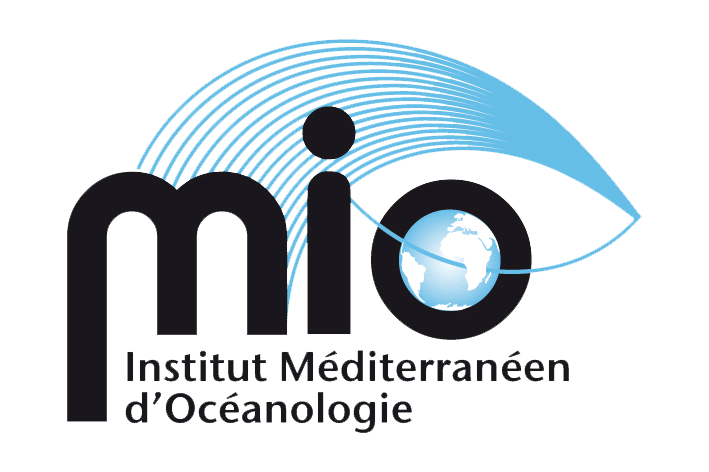Océanomed Méditerranée building Campus de Luminy, 163 avenue de Luminy 13009 Marseille
Title: Spatiotemporal variations in the accumulation and transfer of mercury and methylmercury in planktonic food webs in the Mediterranean
Jury:
Daniel COSSA Rapporteur Emeritus Research Director, Grenoble Alpes University - ISTerre
Chrystelle MONTIGNY Rapporteur Professor, University of Montpellier - Polytech
David AMOUROUX Examiner Research Director, CNRS -E2S/UPPA
Philippe CUNY Chairman of the jury Professor, Aix-Marseille University - MIO
Daniela BĂNARU Thesis supervisor Senior Lecturer, Aix-Marseille University
MIO Marc TEDETTI Thesis co-supervisor Research officer, IRD - MIO
Lars-Eric HEIMBÜRGERBOAVIDA Guest Member Research Fellow, CNRS - MIO
Abstract
Human populations are mainly exposed to mercury (Hg) through the consumption of seafood. Mediterranean fish contain more Hg than their counterparts in other ocean areas, a phenomenon known as the 'Mediterranean Hg anomaly'. Studying the accumulation and transfer of Hg within the planktonic compartment could therefore help to gain a better understanding of the phenomena responsible for the high Hg levels measured in Mediterranean top predators. In this context, the aim of this thesis was to study the spatio-temporal variations in the accumulation and transfer of total Hg (THg) and monomethylmercury (MMHg) in planktonic food webs in the Mediterranean.
Two surveys were carried out in the Mediterranean, one at a spatial level and the other at a temporal level, involving the collection of large quantities of water and plankton, and the separation of this plankton into different size fractions of phytoplankton (0.7-2.7, 2.7-20, 20-60 and 0.7-60 µm) and zooplankton (60-200, 200-300, 300-500, 500-1000, 1000-2000 and > 2000 µm). Carbon and nitrogen isotope ratios, biochemical composition and THg/MMHg concentrations were determined in each of these fractions, and the composition of the plankton was identified.
Pico- and nanoplankton, which are dominant in the Mediterranean, bioconcentrate THg and MMHg by 10^6 and 10^5 respectively compared with concentrations in seawater. Picoplankton cells have a higher surface-to-volume ratio, which favours the high bioconcentration of THg. In the planktonic food web, THg bioreduces, while MMHg biomagnifies and reaches maximum concentrations in higher trophic levels. In copepods, MMHg bioaccumulates with size and with the protein content of tissues. Under conditions of high phytoplankton biomass, dissolved MeHg concentrations in seawater and MMHg concentrations in zooplankton are lower. Under these conditions, the presence of herbivore-omnivore consumers reduces the concentration of MMHg in the zooplankton. Under conditions of low phytoplankton biomass, concentrations of MeHg dissolved in the water are higher, which favours the direct absorption of MeHg into the zooplankton. The higher trophic level omnivore-carnivore consumers that are more prevalent in these oligotrophic conditions lead to greater accumulation of MMHg in the zooplankton. The results of this thesis therefore show that the accumulation and transfer of THg and MMHg in planktonic food webs, which depend on both the trophodynamics of the environment and anthropogenic emissions, could partly explain the Mediterranean Hg anomaly.
Keywords: Mercury, Plankton, Food web, Mediterranean, Bioconcentration, Bioaccumulation, Biomagnification
Zoom meeting scheduled.
Subject: Javier A. TESÁN ONRUBIA 15 December 2023, 8:00 am
Time: 15 Dec 2023 07:30 AM Paris
Join Zoom Réunion
https://univ-amu-fr.zoom.us/j/82300010016?pwd=YkMyVm55Qi93OWNOazZlN1JlRT…
Meeting ID: 823 0001 0016
Secret code: 0000




